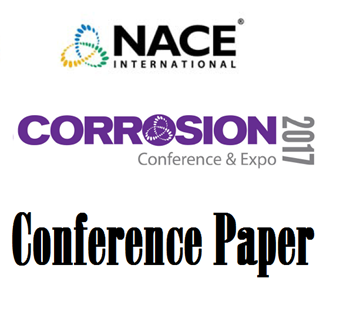Search
09395 Kinetic Analysis of Corrosive Biofilms by Bioluminescent Method of ATP Identification
Also Purchased
97466 NEW APPROACHES TO BIOCIDE EFFECTIVENESS MONITORING USING ON-SITE BIOCIDE ACTIVE ANALYSIS, ATP ANALYSIS, AND ON-LINE DOSAGE/MONITORING CONTROL
Product Number:
51300-97466-SG
ISBN:
97466 1997 CP
$20.00
Molecular MIC Diagnoses from ATP Field Test: Streamlined Workflow from Field to 16S Results
Product Number:
51317--9420-SG
ISBN:
9420 2017 CP
Publication Date:
2017
$20.00
09390 A Practical Mechanistic Model for MIC Based on a Biocatalytic Cathodic Sulfate Reduction Theory
Product Number:
51300-09390-SG
ISBN:
09390 2009 CP
Publication Date:
2009
$20.00




